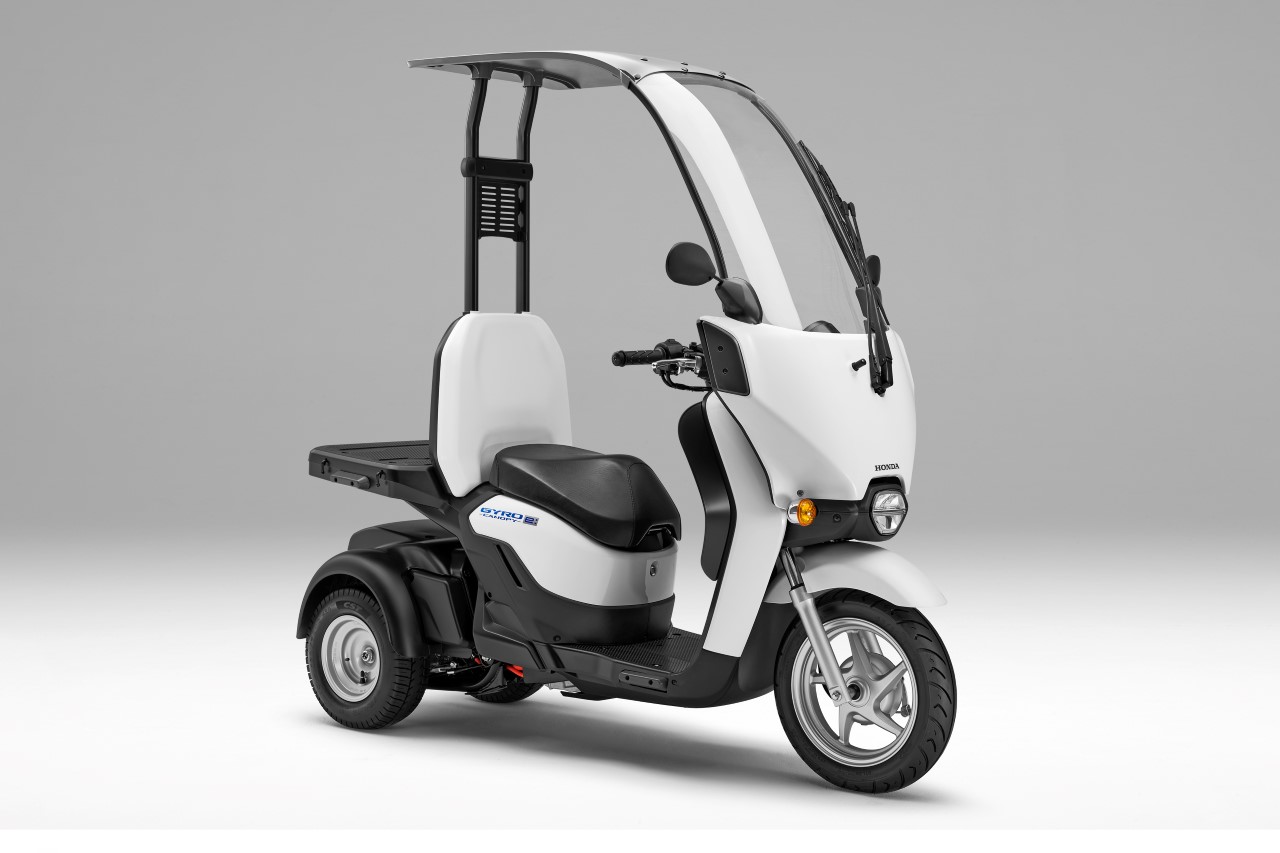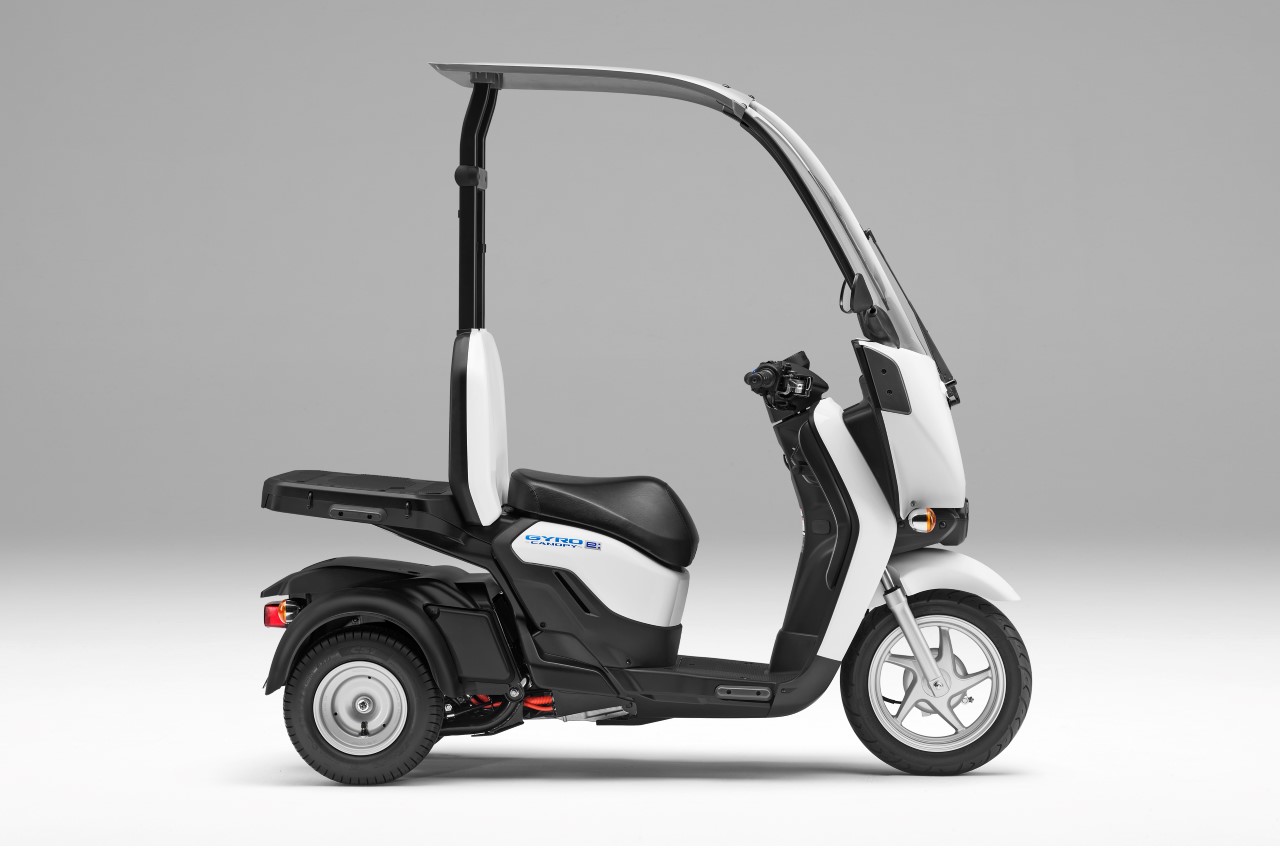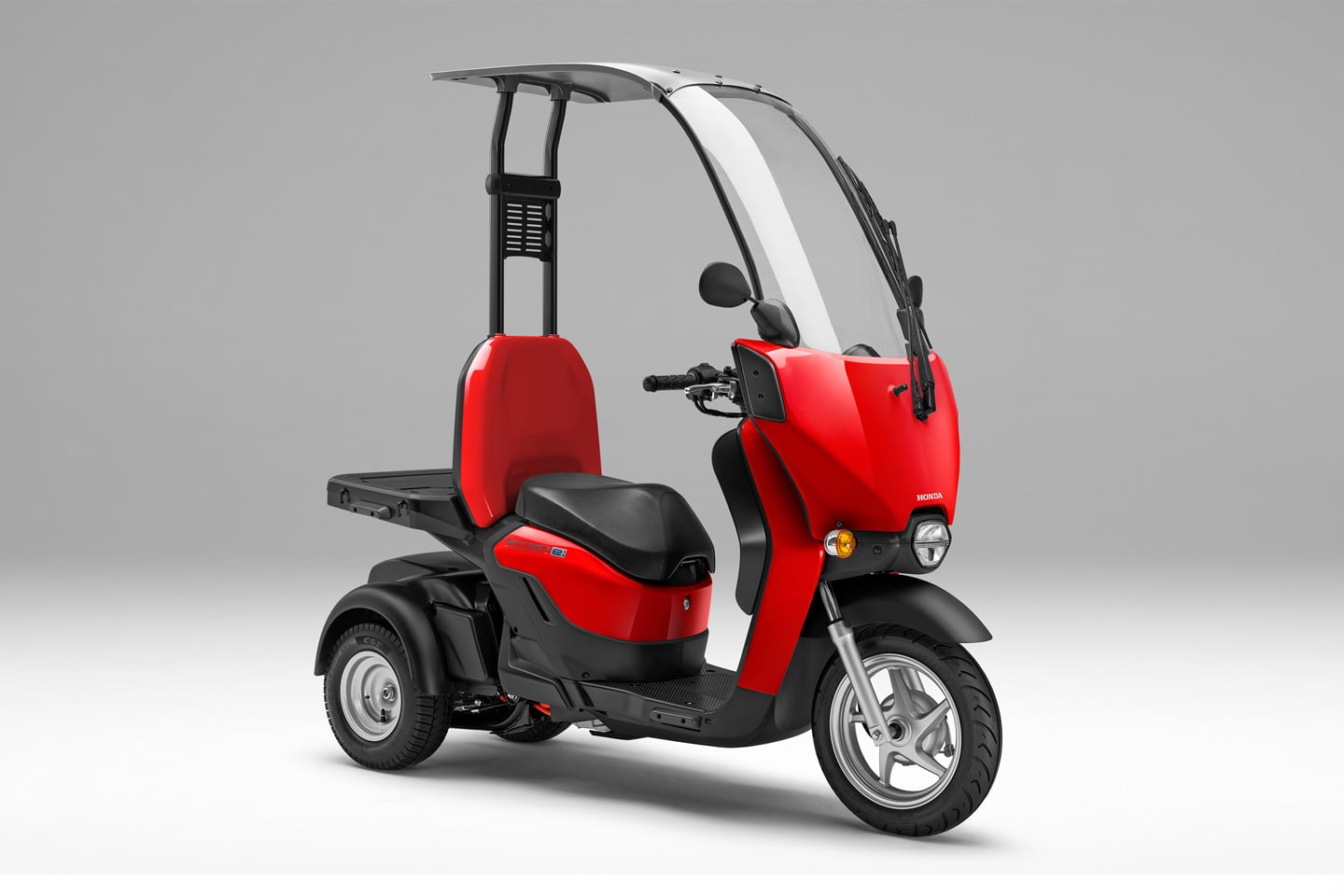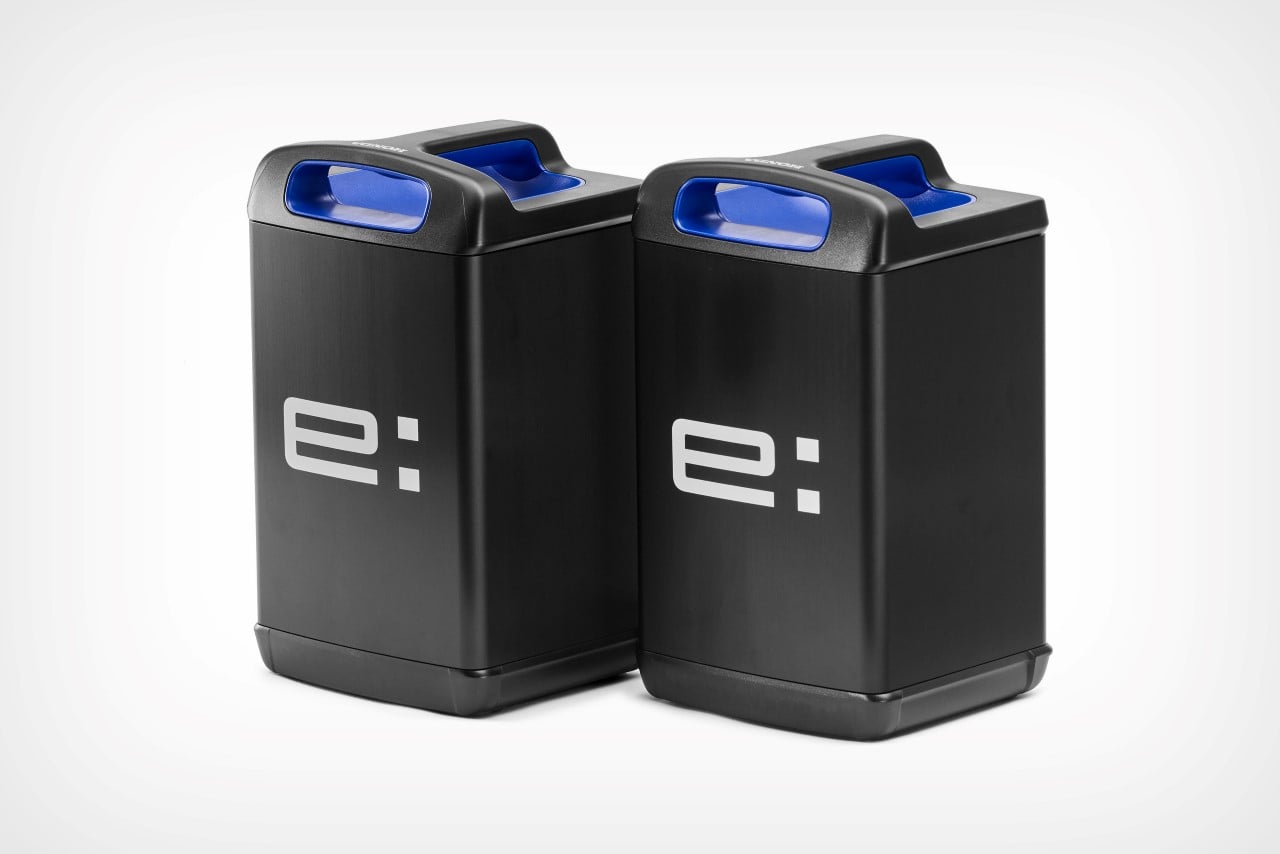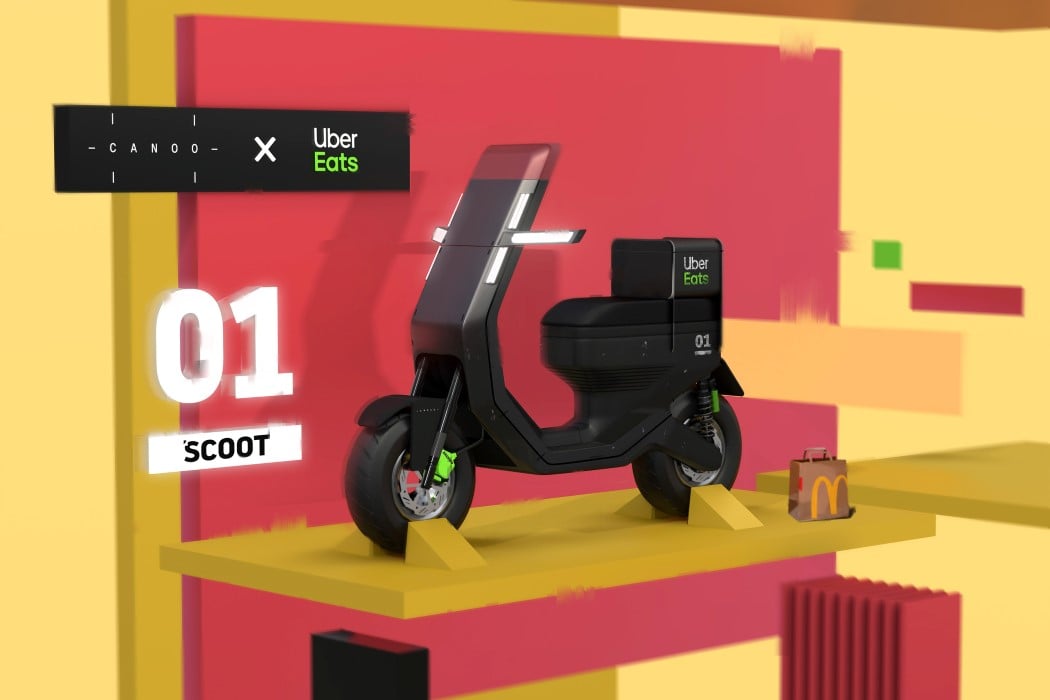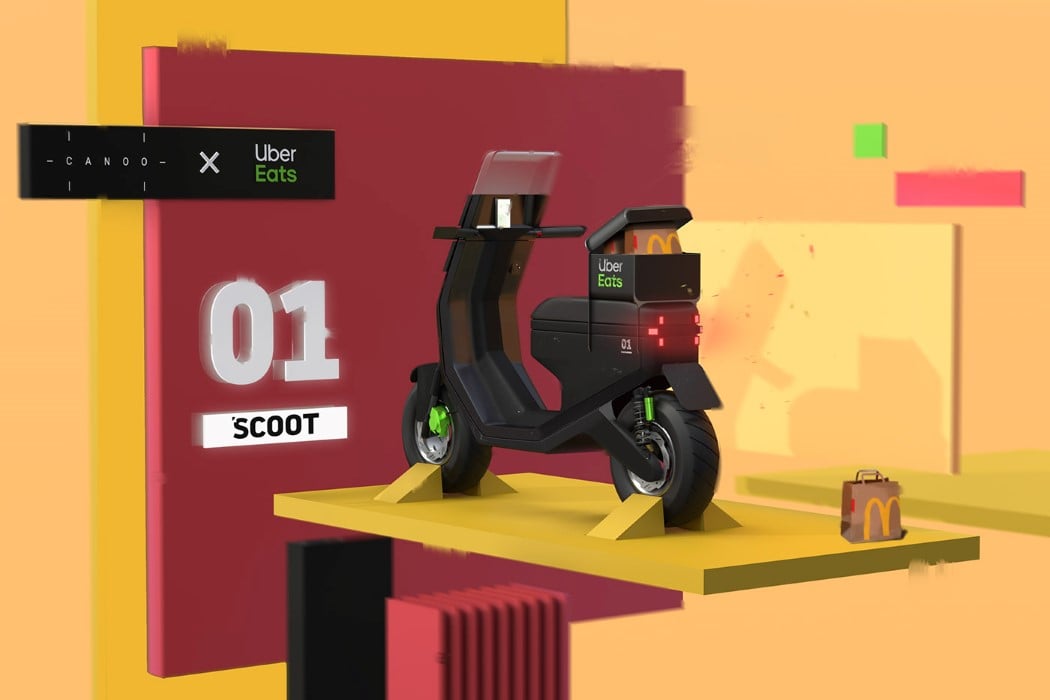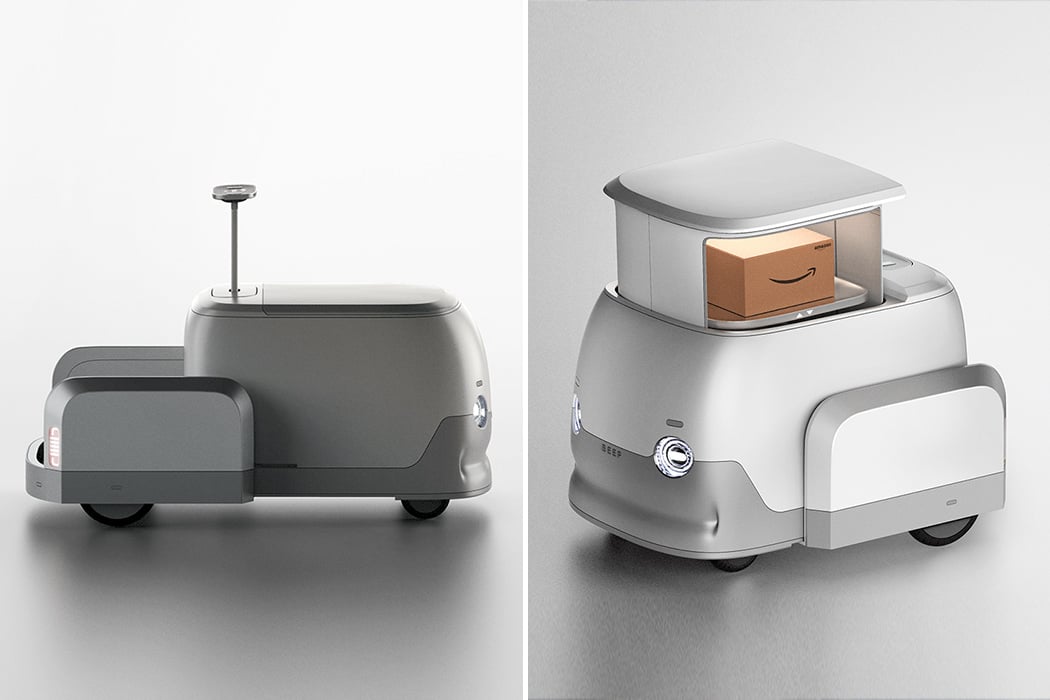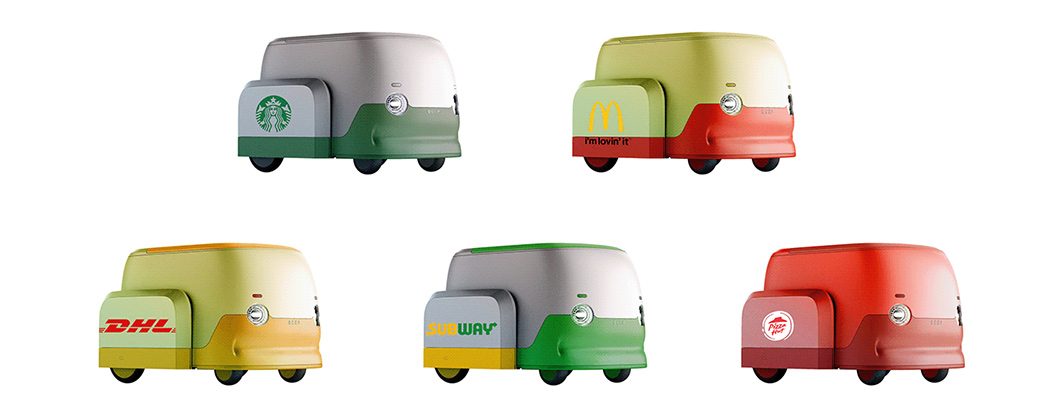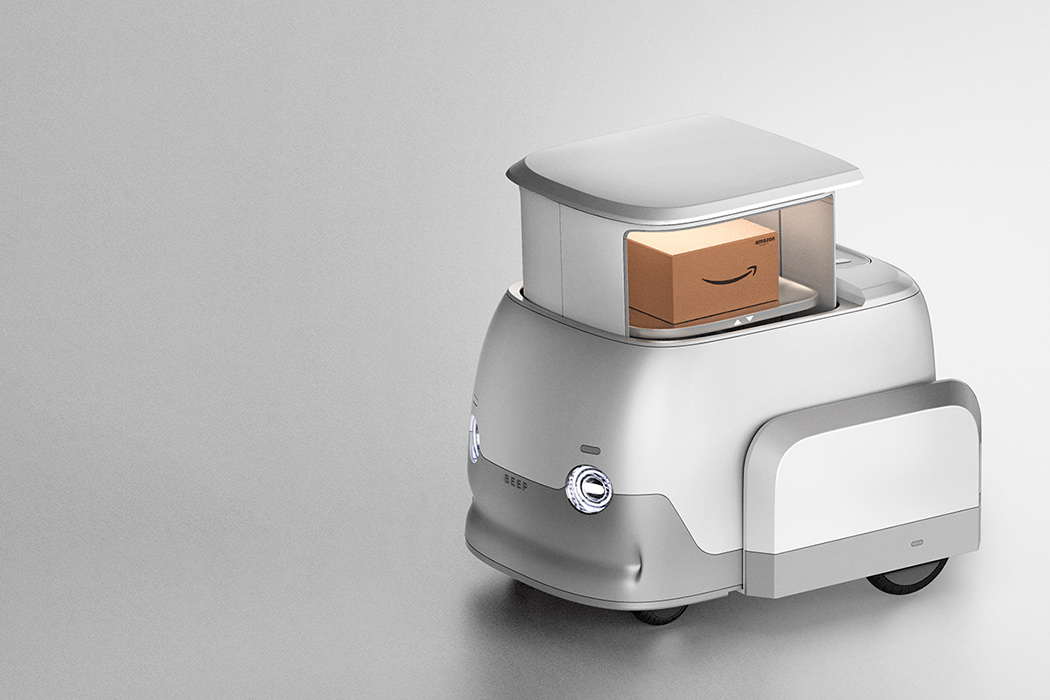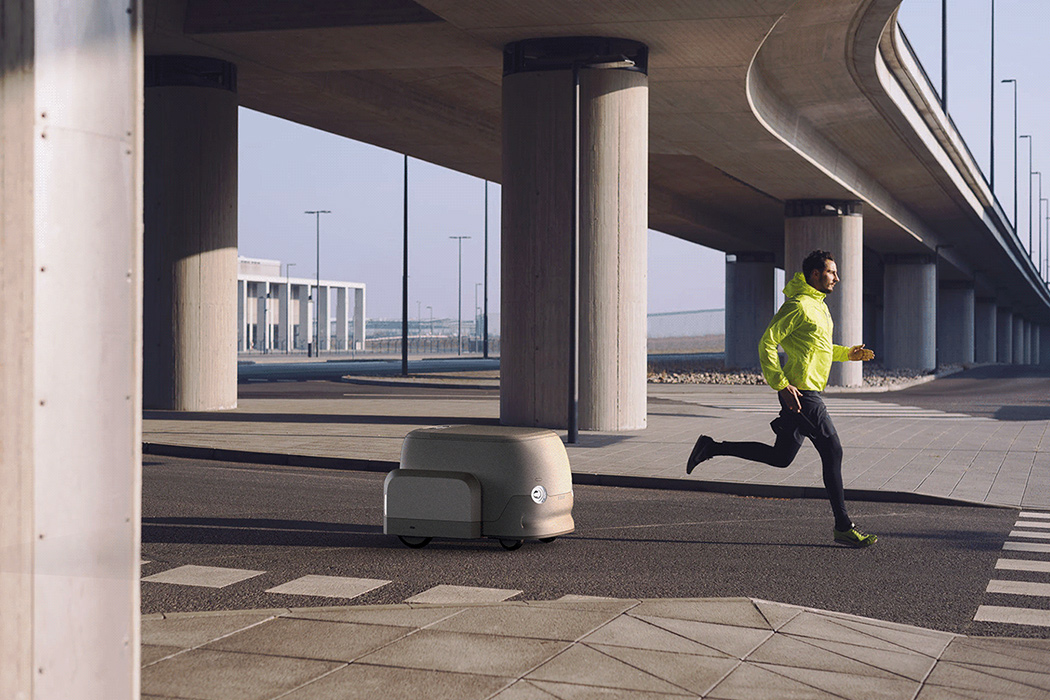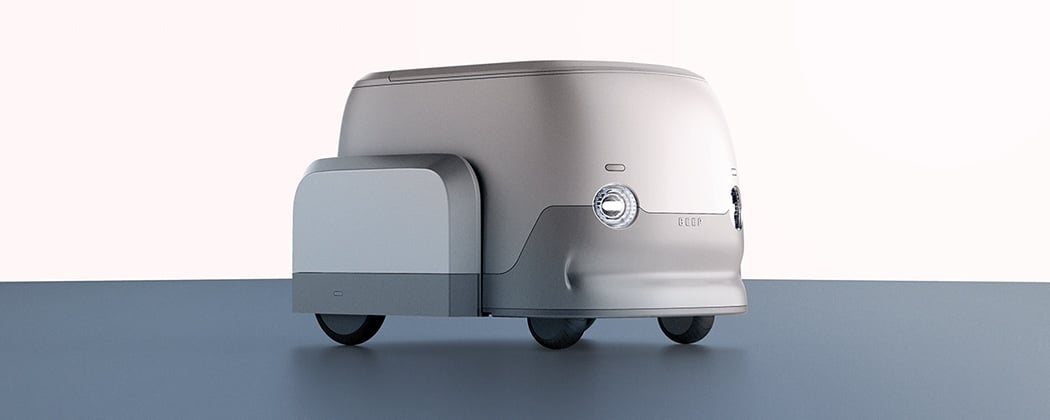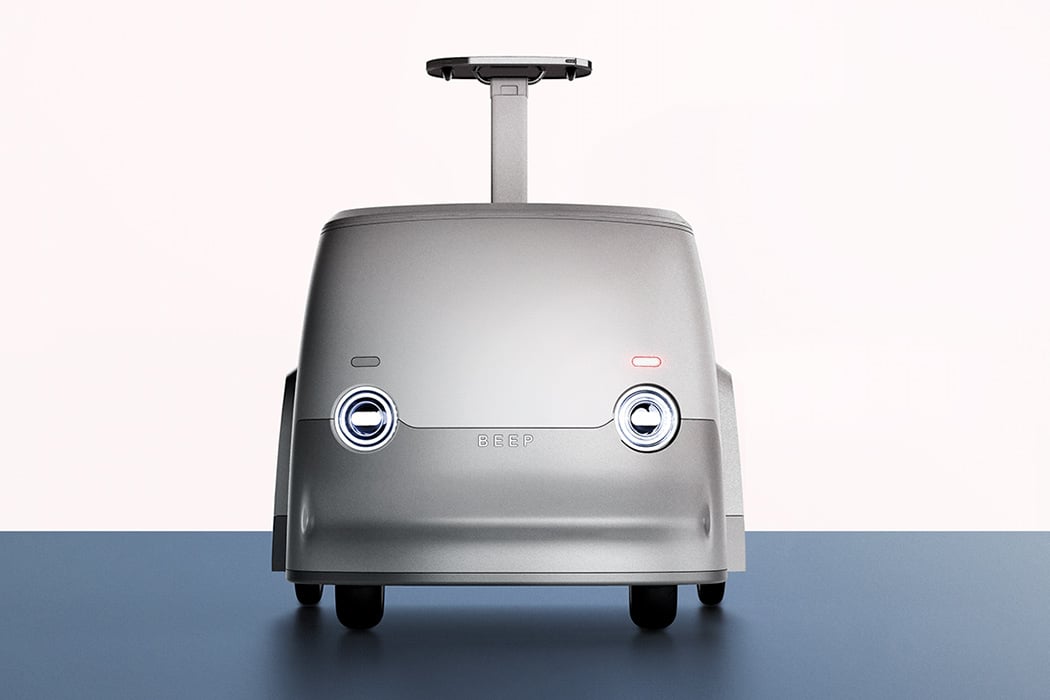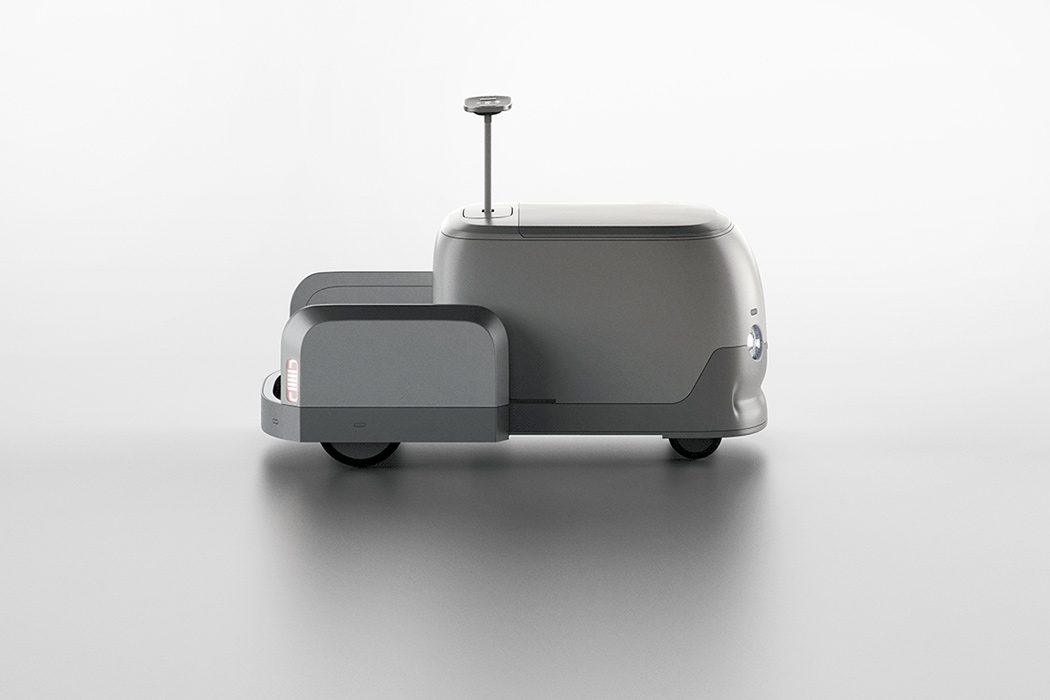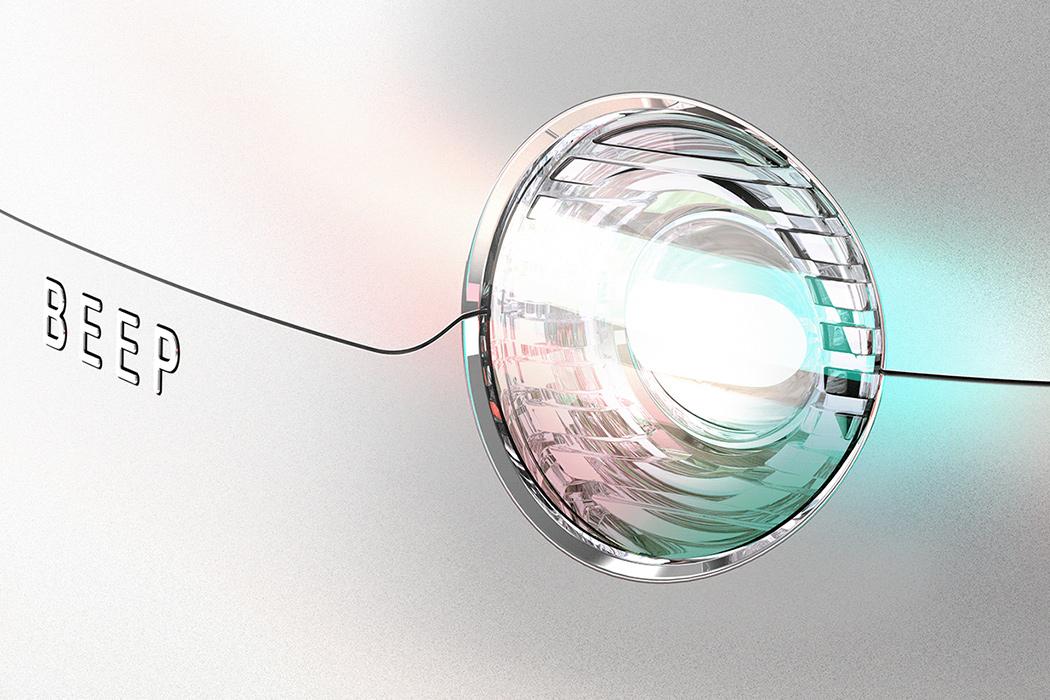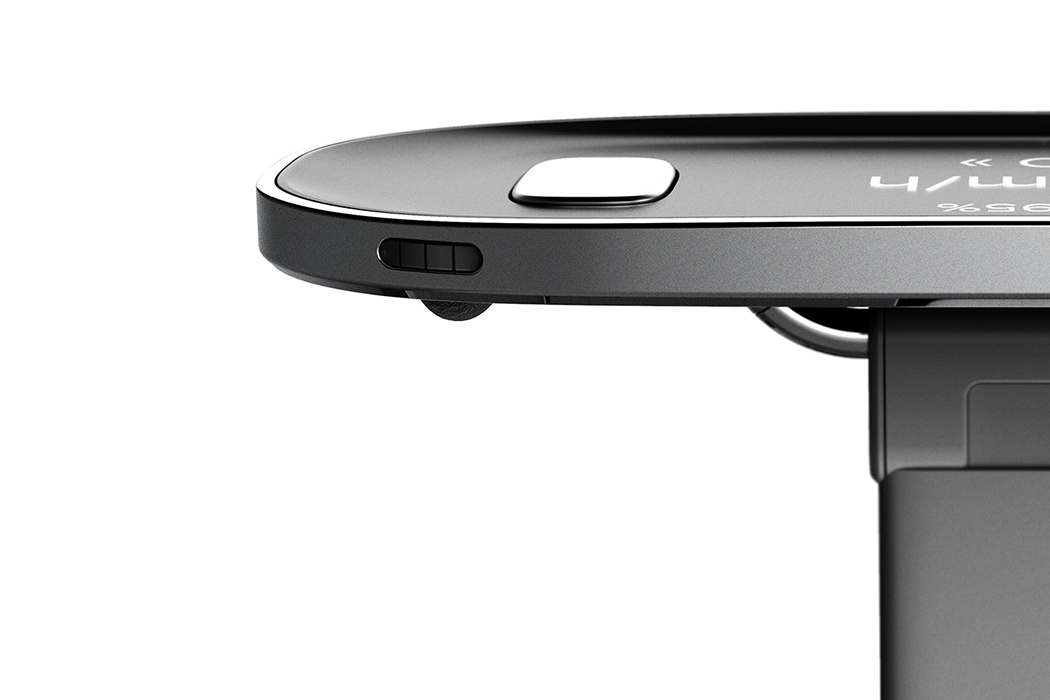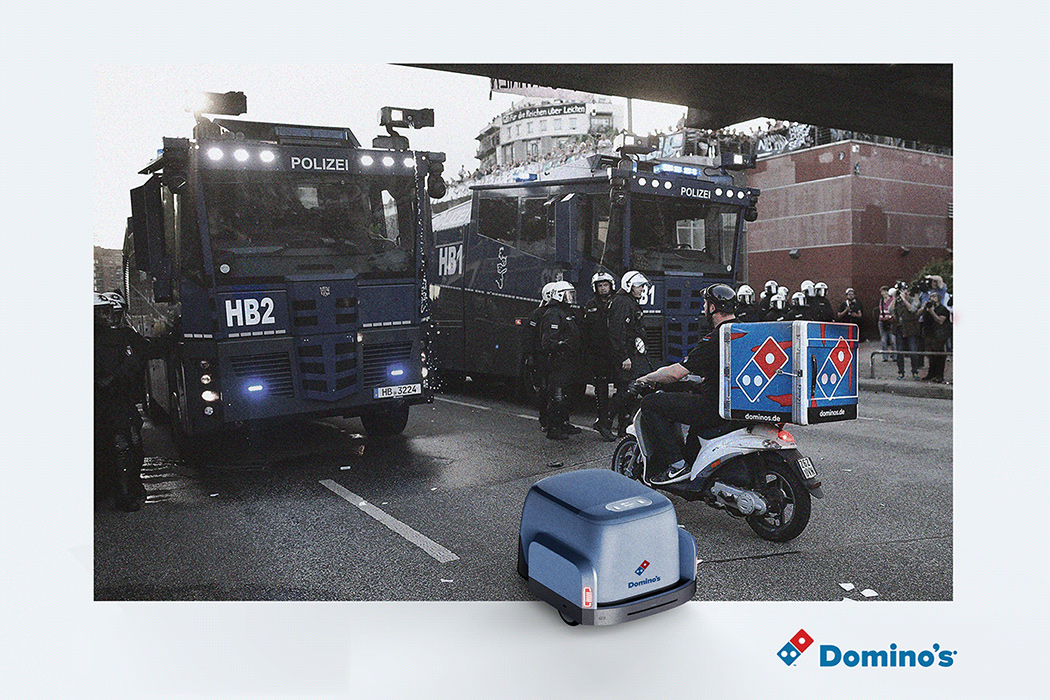
Porch pirates: there are very few things worse, and if I caught one right now you better believe they’d be walking the plank straight into shark-infested waters. Here to help prevent porch plundering in the first place comes the Box Gobbler from MB Sentinel, an in-home package drop-off door that allows delivery drivers to place your packages in the safety of your home or garage instead of leaving them out in the wild.

Whenever you order a package you can include your Box Gobbler code in the 2nd address line, so delivery drivers can unlock the key-coded door and insert your package. Of course, first, you’re going to need an accessible wall to have the door installed in, and the only wall that makes sense for me right now would mean packages being dropped off behind the entertainment stand in my living room.
Box Gobblers are available in two sizes, 14″ x 28″, and 28″ x 28″, both of which are insulated to prevent the loss of heat through the door, and start at around $1,900. Now I don’t know what sort of things you’re buying on Amazon, but personally, I’d have to get about 200 packages stolen to justify the cost of buying one. I’m just saying, my last porch pirate, made off with nothing but watch batteries and dog poop bags.
[via DudeIWantThat]

